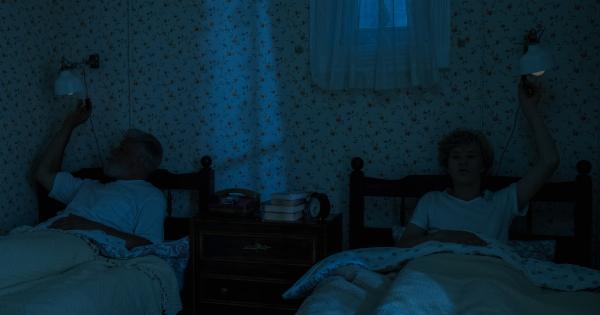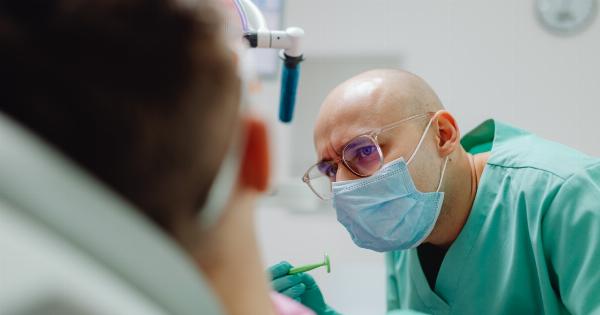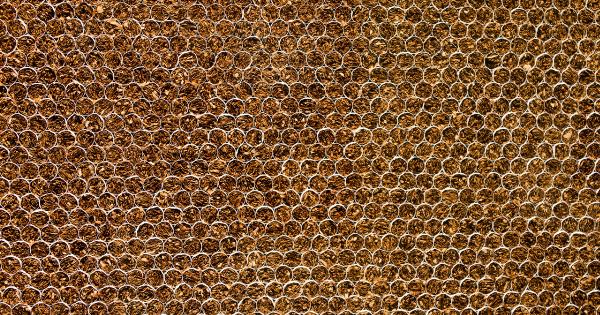Pregnancy is a critical period for both the mother and the developing fetus. Any medical procedure done during pregnancy should consider the potential risks and benefits, including exposure to ionizing radiation.
Cardiac catheterization is an invasive procedure commonly used to diagnose and treat heart conditions. It involves the insertion of a catheter through an artery or vein and into the heart. Traditionally, this procedure has been associated with exposure to radiation, which poses potential risks for both the mother and the fetus.
Advanced cardiac catheterization procedures without radiation exposure are now available, which minimize the risks and optimize outcomes for pregnant women.
Indications for Cardiac Catheterization in Pregnancy
Several cardiac conditions can arise during pregnancy, such as congenital heart disease, valvular disease, and cardiac arrhythmias. Cardiac catheterization is usually recommended when non-invasive tests are not conclusive in diagnosing these conditions.
Furthermore, cardiac catheterization can be used to perform interventions such as percutaneous coronary intervention or device closure of congenital heart defects.
Risk of Radiation in Pregnancy
Ionizing radiation has inherent risks, including the risk of genetic mutations and cancer. The extent of these risks depends on the dose and duration of exposure, as well as the gestational age of the fetus.
Radiation exposure in pregnancy can lead to miscarriage, congenital anomalies, developmental delays, childhood cancers, and even maternal malignancies.
Advanced Cardiac Catheterization Techniques without Radiation Exposure
There are several techniques available to conduct cardiac catheterization procedures without radiation exposure. The following are some of the commonly used methods:.
Magnetic Resonance Imaging (MRI) guided Cardiac Catheterization
MRI guidance has been used successfully in cardiac catheterization procedures. MRI uses magnets and radio waves to produce images of the body’s internal structures. It does not use ionizing radiation, making it a safe option for pregnant women.
MRI-guided cardiac catheterization provides real-time images of the heart and blood vessels, enabling physicians to navigate catheters and perform interventions with accuracy.
Echocardiography guided Cardiac Catheterization
Echocardiography is a non-invasive technique that uses high-frequency sound waves to create images of the heart and blood vessels. During echocardiography guided cardiac catheterization, a small transducer is attached to the tip of the catheter.
The transducer sends sound waves through the tissues to create images of the structures inside the heart and vessels.
Electroanatomic Mapping (EAM) guided Cardiac Catheterization
EAM is a technique that allows for three-dimensional mapping of the heart’s electrical activity. It uses catheters with electrodes that are placed inside the heart.
The electrical signals generated by the heart are then analyzed and used to create a map of the heart’s conduction system. EAM-guided cardiac catheterization provides improved visualization of the heart’s anatomy, making it easier for physicians to navigate catheters and perform interventions.
Benefits of Advanced Cardiac Catheterization without Radiation Exposure for Pregnant Women
Advanced cardiac catheterization procedures without radiation exposure offer several benefits to pregnant women. These benefits include:.
- Zero exposure to ionizing radiation
- Improved accuracy and precision in performing interventions
- Reduced risk of complications to the mother and fetus
- Shorter procedure time, leading to faster recovery
Limitations of Advanced Cardiac Catheterization without Radiation Exposure
There are some limitations to these advanced cardiac catheterization techniques. MRI-guided cardiac catheterization requires specialized equipment and expertise, and it may not be suitable for patients with certain types of metallic implants.
Echocardiography-guided cardiac catheterization has limited visualization capabilities and may not be optimal for complex treatments. EAM-guided cardiac catheterization requires a three-dimensional mapping system, which can be time-consuming and expensive to set up.
Clinical Considerations and Conclusion
Advanced cardiac catheterization procedures without radiation exposure are a safe and effective alternative for pregnant women requiring cardiac interventions.
In addition to the benefits mentioned earlier, these procedures also allow for prenatal counseling and planning. However, each patient’s case must be evaluated on an individual basis, considering the patient’s medical history, the complexity of the intervention, and the availability of specialized equipment and expertise.
Ultimately, the safety and well-being of the mother and the developing fetus should be the top priority in making decisions about medical interventions during pregnancy.

























